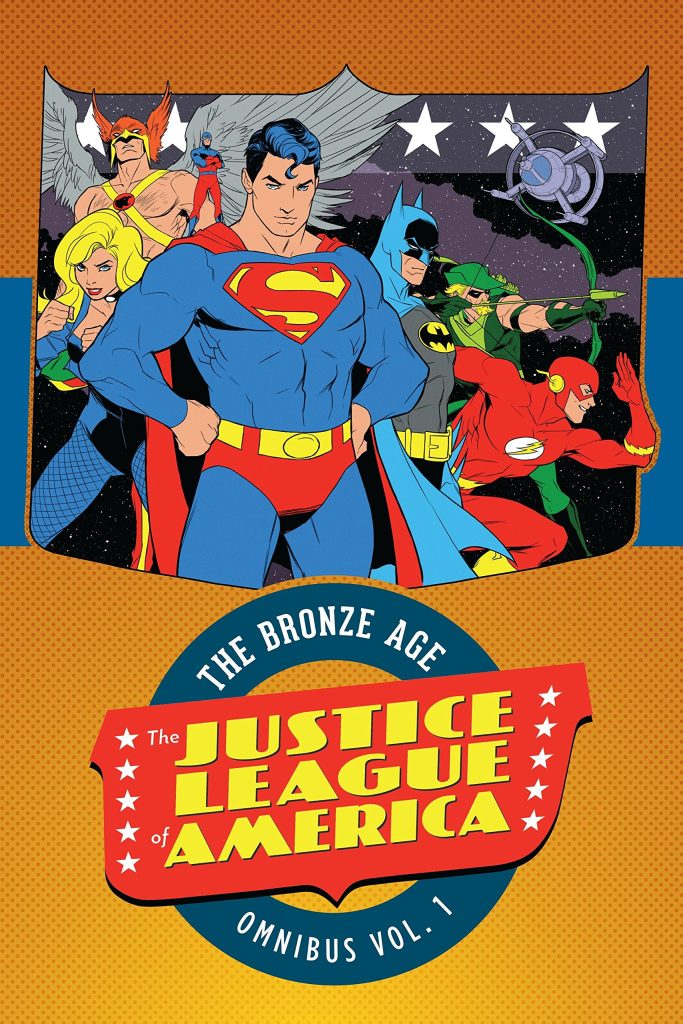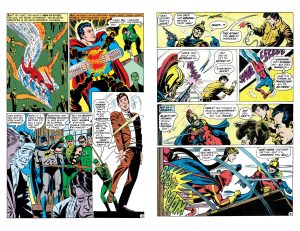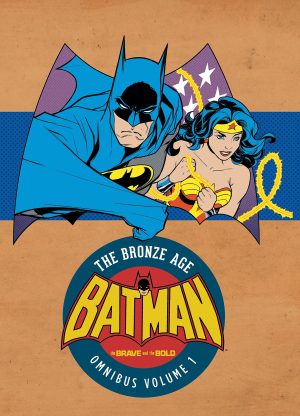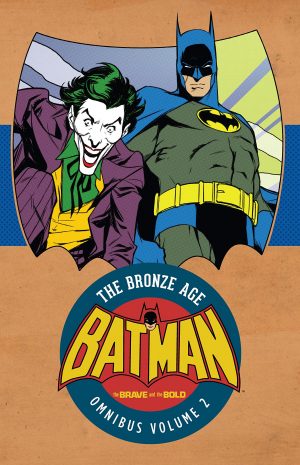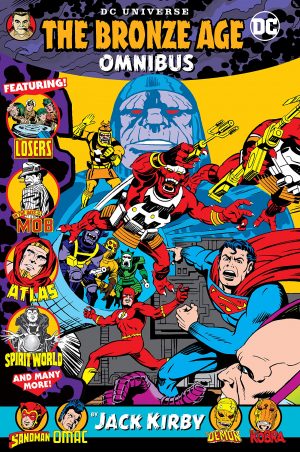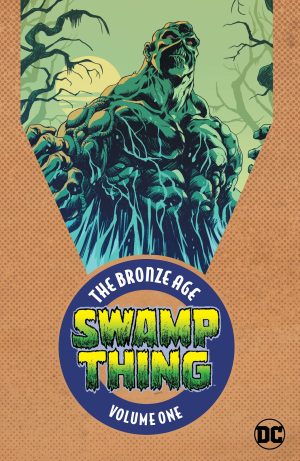Review by Frank Plowright
You’re unlikely to find any other bulky superhero collection as schizoid as Justice League: The Bronze Age Vol. 1, although due to Dick Dillin drawing almost every page, that may not be obvious at first.
Let’s start with Dillin, who looks his best on the early material where his layouts are more imaginative while still possessing the clarity of later work in this collection. The added bonus is sympathetic inking from Joe Giella on the pages from 1969 to 1972. He makes the art look livelier than pages inked by Dick Dillin where people can be stiff. The sample art combines a page from the opening story with one from the last, showing the change in Dillin’s approach. Coincidentally they also feature the disgrace of Justice League “mascot” Snapper Carr and his much later redemption.
Denny O’Neil, Mike Friedrich and Len Wein are the three primary writers, with Robert Kanigher supplying the single bonkers story. Each of the three has a very different approach. There’s great self-awareness to O’Neil’s writing, but in recognising why the earlier Justice League had become stale, he’s not the person to rectify it. He does ensure the individual Justice League members have personalities, but his content veers between preaching about real world issues and SF-based material where sense can be absent. His teaming of the Justice League and Justice Society here must be one of the poorest of the run, almost incoherent, and in common with so much of O’Neil’s Justice League work, it’s dull.
So is some of Mike Friedrich’s work, particularly when he also focuses on real world issues, but his run, the shortest of the main writers, is concept-heavy and can’t be nailed down to the single genre, or indeed the single approach to writing. This veers from the indulgent Harlan Ellison homage where one Harlequin Ellis, SF writer, fantasises about saving Black Canary, to far more traditional cosmic threat of Starbreaker. Most of what Friedrich writes is based on a decent idea, such as an alien boy and the pet with whom he has a symbiotic relationship separated on different Earths, and the Justice League facing threats that aren’t always villainous. However, writing dialogue isn’t a strength and both he and O’Neil’s work can have you wincing as they strained to be contemporary in the early 1970s.
Although verbose, it’s likely to be Wein’s Justice League that retains the greatest appeal. He updates the formula so successfully applied by Gardner Fox, retains the personalities added by earlier writers, restores the idea of grand superheroics with identifiable villains, plots imaginatively, and keeps things light, largely steering clear of social issues. The one occasion when he takes that path is far more successful than earlier attempts in this collection for being a superhero story first and social commentary second, while also successfully establishing the personality of the then little seen John Stewart. There are a couple of duds along the way, but most of Wein’s work is still fun, and his broadening the cast is welcome, although he might have added another woman to the team instead of more men.
The O’Neil, Kanigher and most of Friedrich’s stories are available in paperback as The Last Survivors of Earth, or spread across Justice League of America Archives Volume 9 and Volume 10. Black and white alternatives can be found as Showcase Presents Justice League of America Volume Five and Volume Six.
